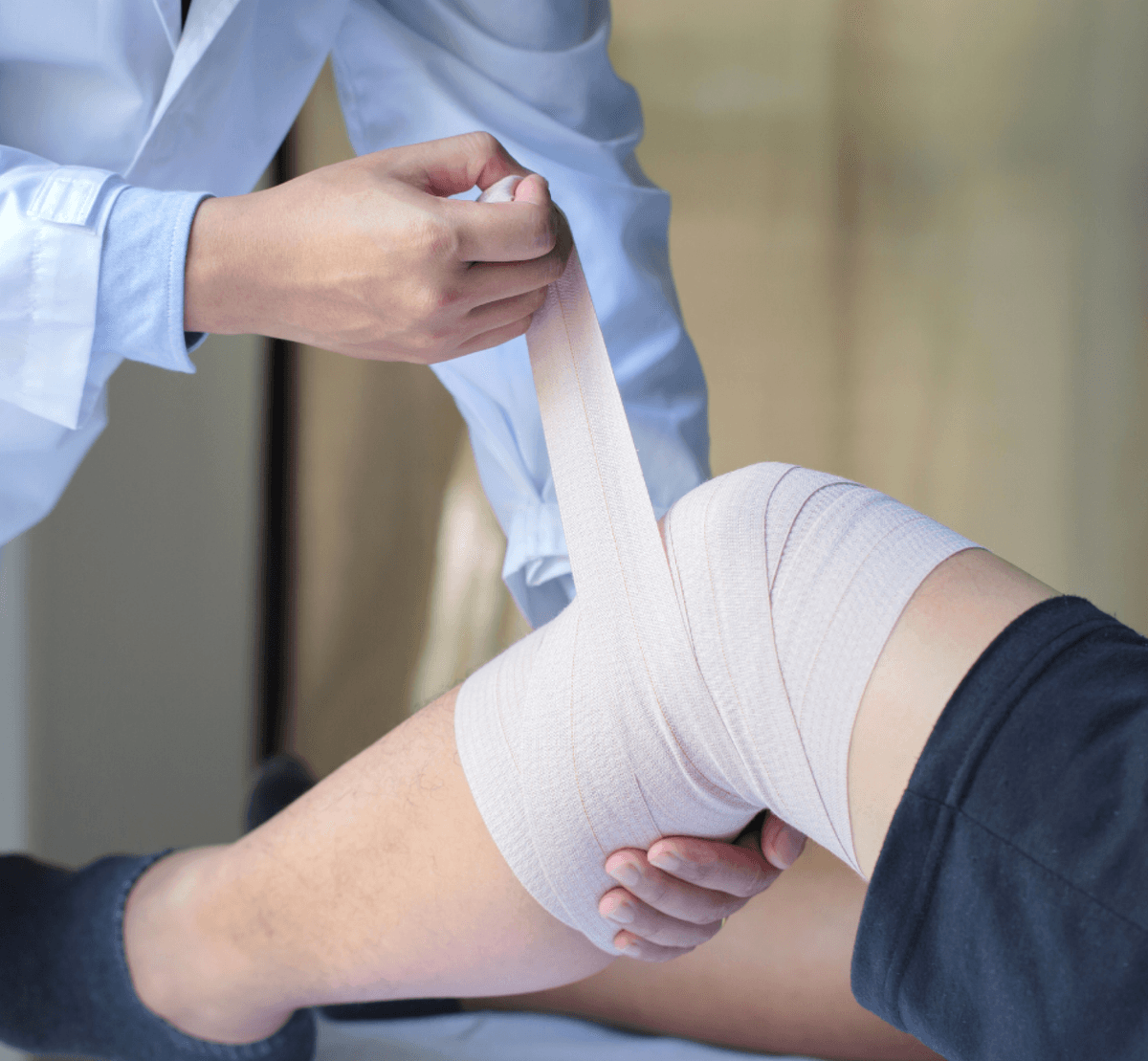Orthopedic Medical Billing to Drive Improved Revenue
Backed by decades of experience, we deliver orthopedic medical billing and RCM solutions tailored to your specialty. For optimized financial performance, trust in our experienced, dedicated team.

Tailored Medical Billing and Financial Strategies
By combining innovation, expertise, and partnerships, we can redesign orthopedic medical billing. Work with our team on short- and long-term financial planning that leads to results. Achieve this through practical automation, AI, and connected systems.
Scalable Solutions Put AR in Its Place
With a proven history of exceptional results, you can trust us to minimize claim denials, expand revenue channels, and accelerate cash flow. Our comprehensive orthopedic medical billing services and streamlined processes alleviate the burden of administrative work. You can devote your valuable time to delivering exceptional patient care.

Coding, Auditing, Denial Management, and More
Our comprehensive RCM services can address any financial needs. Our certified expert coders can facilitate all billing activities. Our team can also complete audit checks, deliver meaningful reporting, manage collections, and support your practice management needs.

Addressing All Pain Points in the Revenue Cycle
Orthopedic medical billing has its own distinct challenges. No matter what is keeping your cash flow stagnant, we can help. We do this by:
Why Our Orthopedic Medical Billing Leads the Industry
The Coronis Way
Unique in every way, The Coronis Way redefines the RCM experience. Improve profitability, convert more A/R to cash, and work more efficiently. Our experts work as part of your organization and culture. With this customized set of services, you gain transparency, robust reporting, and data-driven intelligence.
High-Performance Technology
Our modern technology combines AI, automation, and integrations. These components connect with your current software and EHR platform. The result is a revenue cycle management workflow that delivers insights, ensuring you can understand your business today and in the future.
Decades of Niche Experience
Strategic collaboration with leaders in revenue cycle management ensures we understand your organization’s competitive landscape and nuances. These insights elevate your revenue potential.
Financial Clarity and Prosperity
Begin your journey to more predictable revenue by assessing your current RCM workflows. You’ll receive information on trends, competitive analysis, and business intelligence. This data ensures you can achieve and exceed benchmarks to welcome financial growth.


Orthopedic RCM Capabilities
Collections and Denial Management
Receive support to manage collections and denials to recover more dollars.
Learn MoreFinancial Analysis and Reporting
Achieve transparency and clarity in your financial health with our data-driven analysis.
Learn MorePatient Access Management
Ensure a better experience for patients in the revenue lifecycle.
Learn MoreRevenue Cycle Management
Transform RCM with data-driven solutions that drive efficiency and accuracy.
Learn More